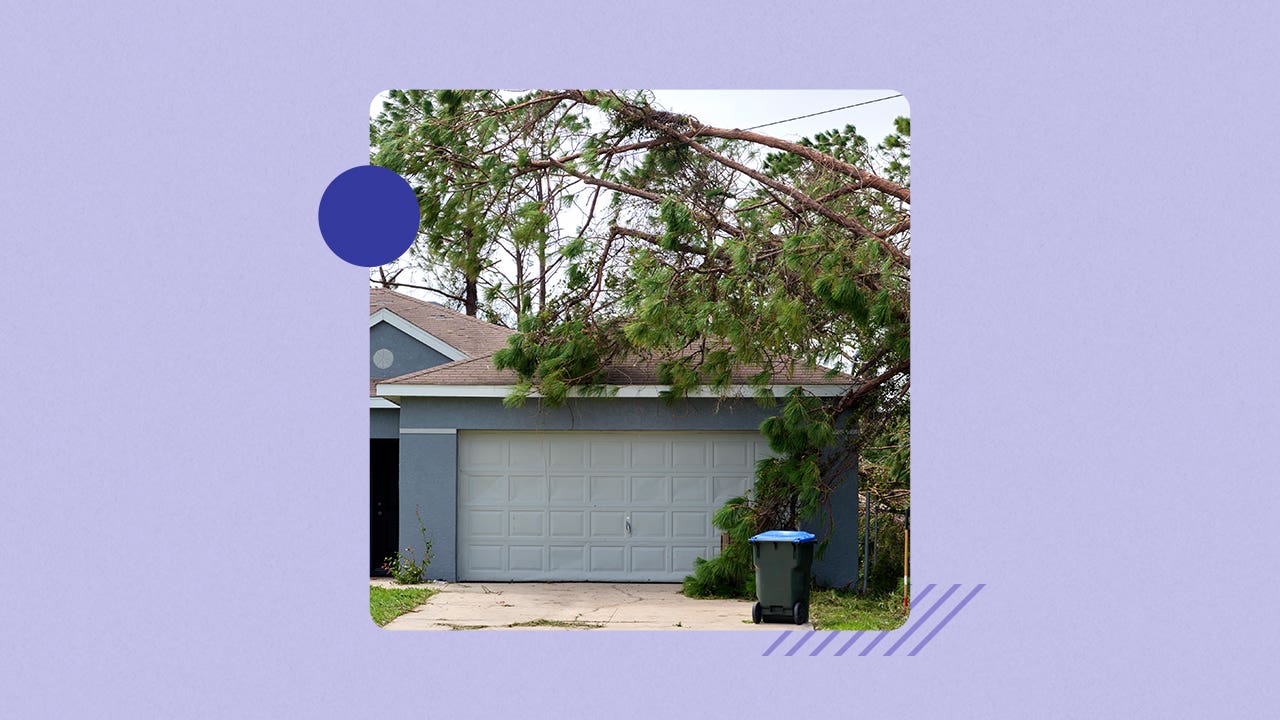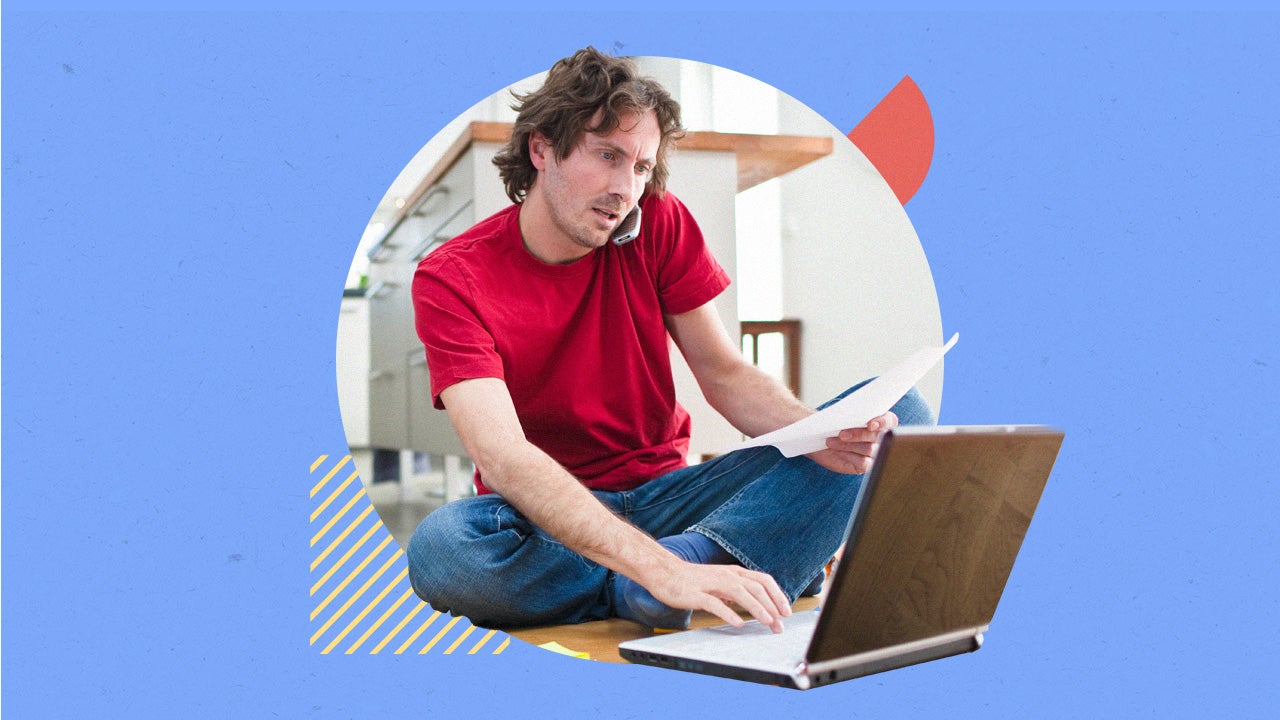How a personal loan can help you after a natural disaster

Key takeaways
- Personal loans can help bridge the financial gap following a natural disaster by providing quick funding and more affordable interest rates than other credit products.
- Because personal loans are unsecured, your approval is based on your creditworthiness.
- If you’re experiencing financial hardship due to a federally-declared disaster, you can also reach out to several government agencies, as well as nonprofit organizations for help.
Natural disasters can wreak havoc on your home and personal property and cause significant financial losses. In the wake of these devastating events, personal loans can provide quick, flexible funding to help you get by while waiting for private insurance or government assistance, both of which often take time to kick-in and come with restrictions.
Understanding your options is important, as disasters due to extreme weather have become increasingly frequent. The U.S. has experienced 15 confirmed weather or climate disaster events in 2024 as of early July and the losses for each of those events exceeds $1 billion, according to the National Centers for Environmental Information.
4 ways a personal loan can help after a natural disaster
Personal loans are a type of installment debt — they come with interest rates and fixed repayment terms. The average interest rate on a personal loan is 12.36 percent, though it’s possible to find rates just under 8 percent.
Loan repayment terms can range from 12 months to 84 months — or even longer, in rare cases. Personal loans are typically available at your local bank, credit union or through an online lender.
These are the instances in which personal loans can bring relief after a natural disaster.
Immediate Financial Assistance
Spoiled food and property damage are some of the most common expenses Americans have incurred over the last decade due to extreme weather, according to Bankrate’s Severe Weather Financial Impact Survey.
Although the Small Business Administration (SBA) offers disaster loans that can help pay some of these costs, eligibility requirements can be stringent. On top of that, application processing can take up to three weeks, and several more days for you to get the funds disbursed — if approved.
Most personal loan lenders offer approval the same day you apply. The application process can be completed entirely online, and it shouldn’t take you more than a few minutes to fill out the entire form.
What’s more, some lenders offer same-day funding, which can be a lifesaver in an emergency. Additionally, you can use the funds however you see fit — a flexibility you typically lack with other forms of aid, such as insurance claims or government loans.
More than 1 in 2 U.S. adults (57 percent) say they have incurred costs due to an extreme weather event over the last decade, according to Bankrate’s Severe Weather Financial Impact Survey.
Rebuilding property
Some repairs, like replacing a broken window, can cost as little as $177, though the price can be as much as $634, with the average cost being about $406. If your home suffers extreme damage, such as a collapsed roof, repairing this could cost you anywhere from $20,000 to $30,000.
Personal loan amounts typically range from $1,000 to $50,000 — though some lenders offer loans of up to $100,000. Repayment terms are equally flexible, sometimes extending up to seven years or more. Personal loans offer much lower interest rates than other credit products, such as credit cards. The combination of low interest rates and long repayment terms can make pricey repairs more affordable, not only on a monthly basis but also in the long term.
Consolidating and managing debt
It’s common to use a credit card in case of an emergency if you’re tight on cash. But credit cards have some of the highest interest rates in the market.
If you’ve racked up credit card debt to pay for recovery-related expenses, you can use a personal loan to help you get out of debt faster and save money along the way. This is because personal loans have an average interest rate of about 12.36 percent compared to almost 21 percent, which is the average APR on a credit card.
That said, to get the lowest debt consolidation loan rates, you’ll need to have good or excellent credit and a stable source of income. Otherwise, it may not be worth it to apply for a debt consolidation loan.
Money tip: Set up automatic payments to keep your debt consolidation loan current. Some lenders also give you a rate discount for selecting this option, making your debt cheaper.
Aiding in financial stability
Borrowing money to help regain financial stability may sound counterproductive, but it can be a good idea in certain situations. If you don’t have enough in your emergency fund to cover for costly repairs or to replace necessary equipment for work, taking out a personal loan can help you bridge the gap.
You can also use any leftover money to build a small nest egg, while you get back on your feet. But for this to work, you must have an effective repayment strategy. If not, you could risk defaulting on your loan, which will inevitably affect your credit and could worsen your financial situation.
More than half of Americans (60 percent) feel that they are behind on their emergency savings, according to Bankrate’s Emergency Savings Survey.
Additional resources for disaster victims
Personal loans can be a way to bridge the financial gap in case of an emergency, but they’re not the only option available for relief — and they shouldn’t be the only option you consider.
It’s important to exhaust free aid, such as grants from government agencies and national, as well as local nonprofit organizations, to minimize costs. This is especially true if you’re in a tough economic spot where you can’t reasonably afford to take on additional debt.
If you’re experiencing economic hardship as a result of a federally-declared disaster, check out the following sources for help:
- DissasterAssistance.gov.
- Federal Emergency Management Agency (FEMA).
- The American Red Cross.
- The U.S. Small Business Administration.
FAQs
-
A hardship loan is a type of financial assistance which features lower interest rates and more gracious terms than conventional loans for those experiencing financial difficulties. These can be related to employment loss, unexpected medical bills and natural disasters, among other scenarios. You can get a hardship loan at a local bank or credit union, although some employers and other financial institutions may offer these as well.
-
To qualify for FEMA’s disaster relief fund, you must satisfy the following:
- Be a U.S. citizen, a national non-citizen or a qualified noncitizen.
- Have a Social Security number or employer identification number.
- Be able to prove that the damaged property is your primary residence.
- Have unmet need after insurance.
-
Personal loans currently have an interest rate of about 12.36 percent, according to Bankrate. However, the rate you’ll get can fluctuate between just under 8 percent and as high as 36 percent, depending on factors such as your credit score and income, the lender you choose, loan amount and repayment term.
You may also like

How to get a personal loan with low interest rates

4 ways to get an emergency loan with bad credit

How to get a personal loan in 7 steps

5 ways a personal loan could help you save money


